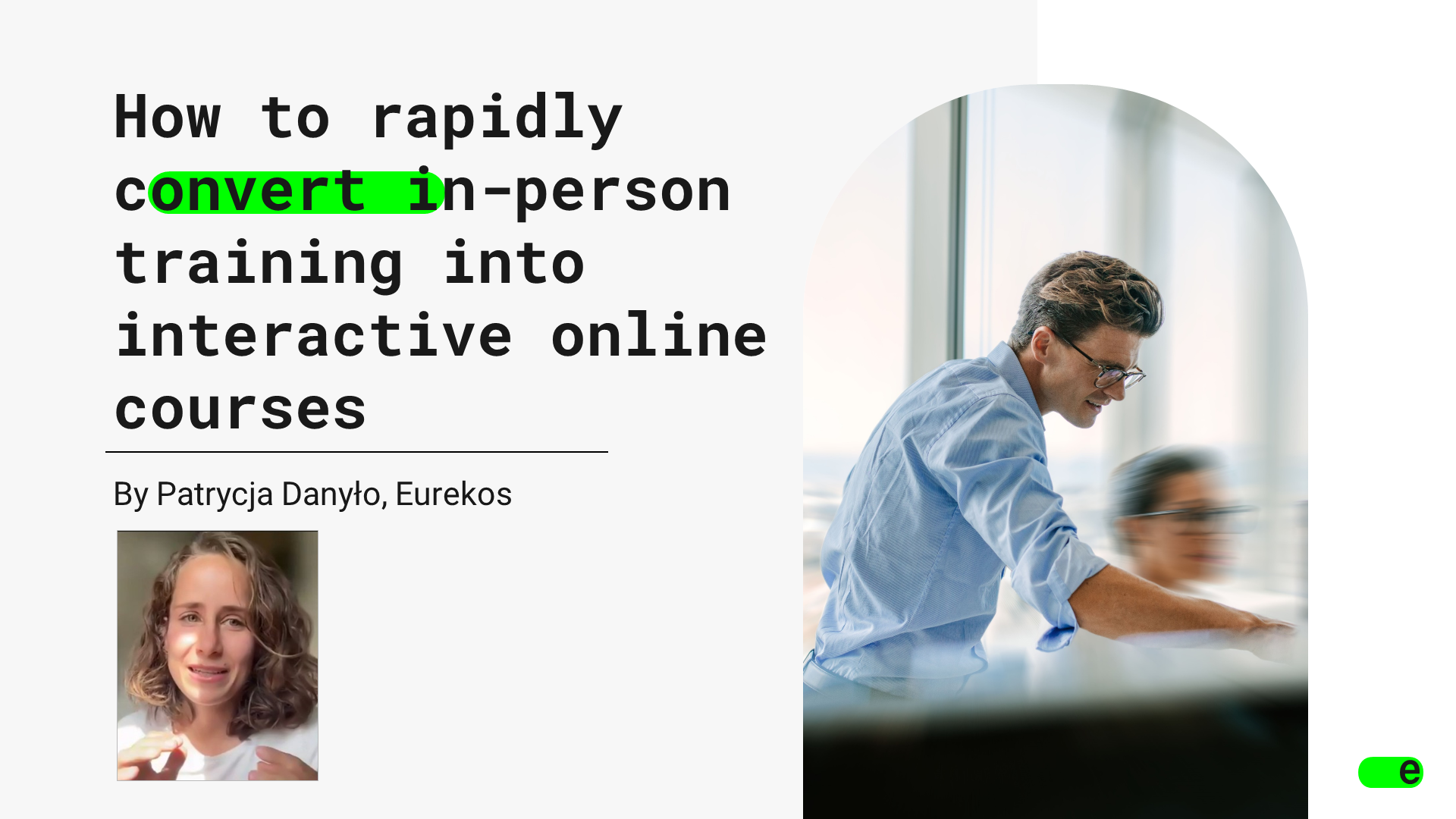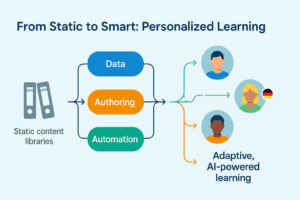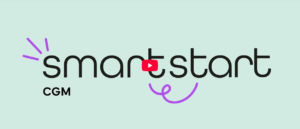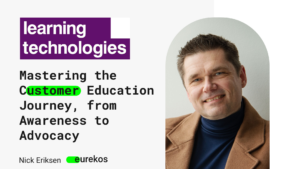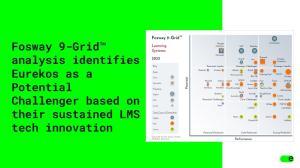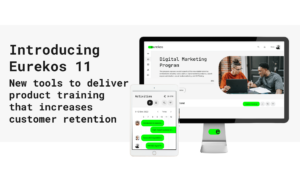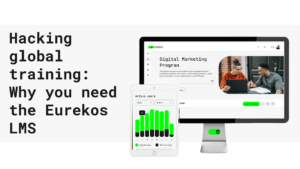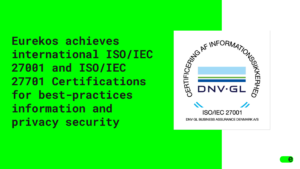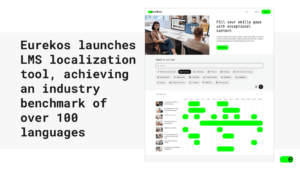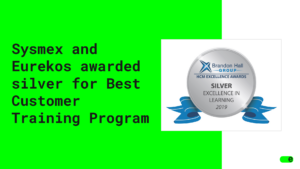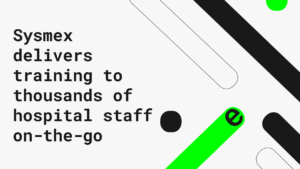By Patrycja Danylo, Eurekos Systems.
For over 20 years, learning industry analysts have told us that eLearning and other types of self-paced learning will replace live in-person training.
They predicted that we will never have to travel somewhere far away to sit in a classroom and listen to an all-day lecture.
But that never happened. Until now, when so many of us are working from remote locations.
eLearning and other types of online training have improved drastically over the years, but only in small increments. Without the right approach and technology, very rarely does it deliver an experience as effective as an in-person class.
The reason why it never replaced in-person training was because it’s usually missing a few crucial elements that make the learning experience more memorable.
- First is the lack of collaborating and networking with other students, which is extremely valuable for immediate and long-term learning.
- The other is the ability of an instructor to engage learners and keep them awake and listening for a long period of time.
- Also, things like workshops, practice exercises, gamification and team projects can be more difficult in self-paced learning.
6 Steps to Converting In-person Courses to Interactive eLearning
1. Prioritize existing in-person courses
The first step is always to invest time in prioritizing your existing courses, unless you only have one or two courses to convert. In most cases, you’ll have a lot of courses and various other important content, but they don’t have the same importance. Treat this exercise as if you’re a hospital emergency room in a triage situation.- Determine what’s urgent for your employees, customers or whoever you’re training. What do they need right now? What can wait?
- What’s the fastest content to convert? Three easy short courses may team the same amount of effort as one long course.
- What are the easiest courses to convert to the online format? Some courses demand in-person training, while some are well suited for online.
2. Pick a design framework
The two measuring sticks for good training is whether 1) it sticks and 2) changes the learner. If it’s not retained, then it’s like it never happened. If it doesn’t make them change something, then it didn’t work. Training that leads to change tends to be persuasive, but also includes fundamental instructional design theories that get through to learners. The online courses need some level of interactive, personalized, modular, and micro. They also need to contain various types of media like video, audio, text, documents and games. How much of those things can you do in the limited time you have? And do you have the technology to accomplish it easily?3. Pick the right technology: Authoring and learning management
As mentioned before, technology is critical. If you have a traditional learning management system (LMS) without built-in course authoring, then it will be much more of a challenge. Fortunately, the newer tech like Eurekos has integrated authoring, drag and drop course creation, is not expensive and can be up and running that day.4. Build and test prototype
Before you go live with anything, quickly convert portions of your most urgent course, and test what you have on a pilot group of 5-10 learners.- Find out what works and what doesn’t.
- What are they getting stuck on?
- What parts are they having the most fun with?
- What are the most important things they’re learning and how much are they retaining?
- Is the course achieving the primary objective?
